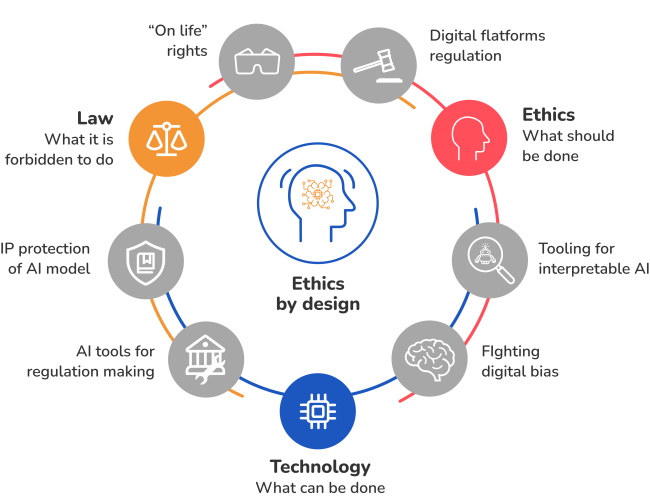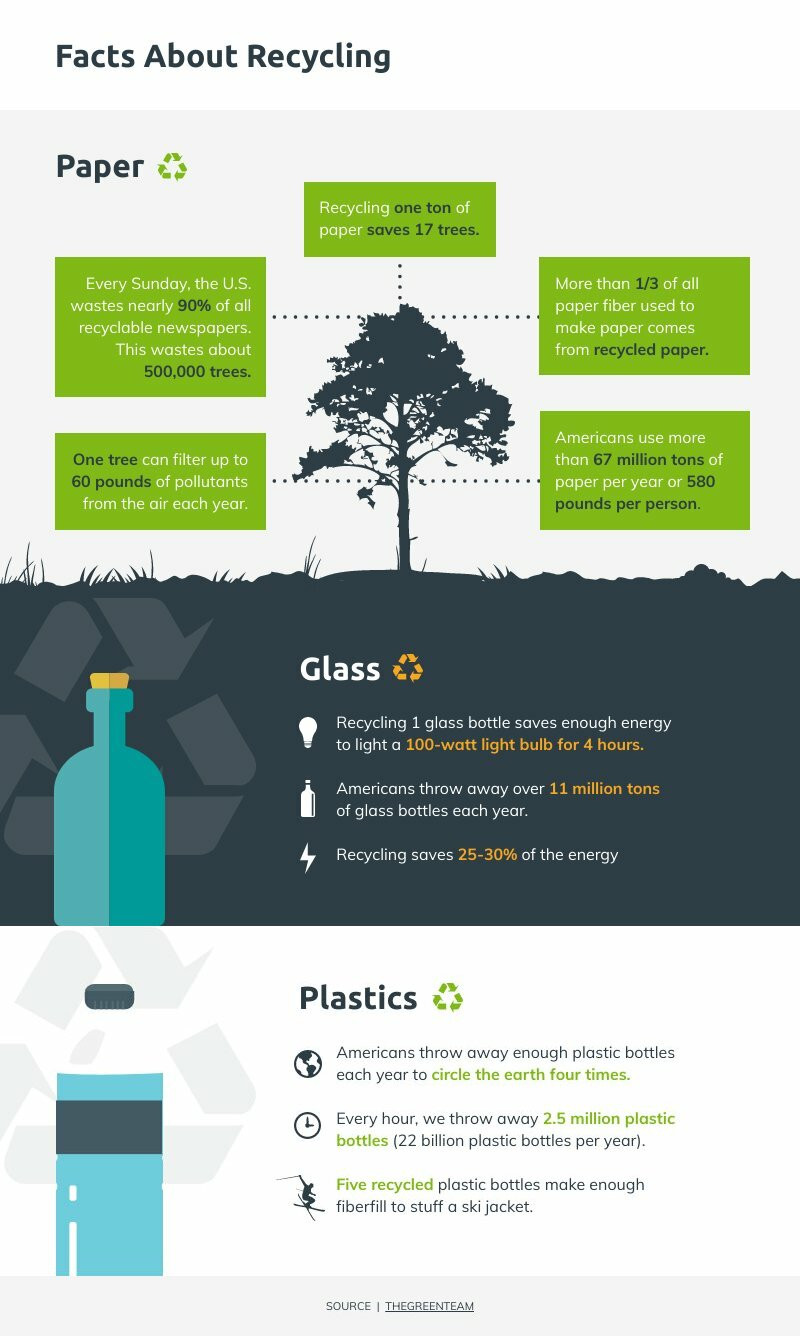In the ever-evolving landscape of digital marketing and content creation, optimizing and repurposing existing content efficiently has become essential. AI-enhanced content recycling provides a systematic approach to maximize your content's potential by transforming and redistributing it across various channels and formats. With advanced tools at your disposal, you can effectively identify high-value content, tailor it for specific audiences, and significantly enhance engagement metrics.
This guide will explore best practices and strategies for implementing AI tools in your content recycling efforts. By the end, you'll understand how to leverage data, navigate platform-specific rules, automate workflows, and broaden your content's reach. Whether you're an experienced marketer or a content creator just starting, these insights aim to empower you to improve your digital presence effectively.
Understanding AI-Enhanced Content Recycling
AI-enhanced content recycling involves using advanced technology to repurpose existing content efficiently. This includes identifying which assets can yield the highest return and utilizing AI to adapt and optimize these materials for different platforms and audiences.
Content recycling is crucial in today’s marketing environment. Research from SEMrush shows that 42% of marketers reported that their campaigns succeeded due to repurposed content. AI plays a vital role in this process, helping you analyze data, pinpoint underutilized content, transform long-form articles into short social media posts or videos, and optimize for SEO and engagement metrics.
An infographic illustrating the AI content recycling process (Source: Piktochart)
Identifying High-Value Content for Repurposing
To effectively repurpose content, it's essential first to identify which existing materials hold the most value. Tools like Google Analytics can help you track performance metrics and pinpoint high-performing content.
Looking at your historical data is a good place to start. Focus on articles, videos, or posts that have generated interest or interaction in the past. Identify trends or recurring themes within that content. For instance, if certain topics resonate strongly with your audience, use them as a foundation for your future recycling efforts.
Using analytics to drive decisions can lead to more effective content recycling. Businesses that thoughtfully repurpose content tend to see higher engagement and conversion rates.
 A screenshot of a Google Analytics dashboard highlighting key performance metrics to identify high-value content (Source: Neil Patel)
A screenshot of a Google Analytics dashboard highlighting key performance metrics to identify high-value content (Source: Neil Patel)
Mastering the Art of Content Transformation
Understanding how to transform existing content into various formats suitable for different platforms is crucial. With AI, the process of identifying optimal repurposing formats becomes straightforward.
For example, long-form content can be condensed into shorter formats like infographics or videos. AI tools can analyze which formats resonate with specific audiences and suggest effective presentations.
Successful companies like BuzzFeed and DoorDash exemplify efficient content transformation. By leveraging AI, they adapt extensive content libraries into diverse formats, significantly widening their reach.
 Before-and-after examples showcasing the transformation of content formats (Source: BCS Website Services)
Before-and-after examples showcasing the transformation of content formats (Source: BCS Website Services)
Creating an Automated Workflow for Efficiency
Streamlining the content recycling process through automation can save both time and resources. Start by establishing a centralized content management system for easier storage and retrieval of existing materials.
AI tools can assist you in building workflows that enable automatic tagging and categorization, making it easier to repurpose content. Furthermore, using an “AI sandwich”—where humans craft prompts, AI generates content, and humans edit—can enhance the quality of the final product.
By maintaining a seamless workflow, you ensure that content can be processed and updated regularly. This approach simplifies content management and boosts productivity.
 A flowchart outlining a content marketing workflow process that can be automated for efficiency (Source: Smartsheet)
A flowchart outlining a content marketing workflow process that can be automated for efficiency (Source: Smartsheet)
Navigating Platform-Specific Optimization Rules
Tailoring your recycled content to fit the unique requirements of various platforms is key to maximizing visibility. Each social media platform, whether it’s Instagram, Facebook, or LinkedIn, has optimization rules based on user demographics and engagement patterns.
Understanding these nuances is essential to ensuring your content makes the most significant impact possible. Implementing AI can provide insights into platform-specific strategies, enabling you to adapt your messaging and formats to meet expectations.
For example, DoorDash's targeted social media reels strategy illustrates the importance of adjusting content to fit platform-specific rules.
 A matrix showcasing different content optimization strategies specific to various platforms (Source: Smart Insights)
A matrix showcasing different content optimization strategies specific to various platforms (Source: Smart Insights)
Expanding Reach with Personalized Content Strategies
Personalization is a critical factor in driving audience engagement. AI can help segment your audience effectively, allowing you to tailor messages that resonate with specific demographics.
Utilizing audience insights and engagement data allows for the development of personalized delivery strategies. AI technologies can analyze user interactions and suggest topics or formats that are likely to capture attention. Adjusting your strategy based on these insights can significantly improve your content's reach and relevance.
Studies show that personalized content results in higher engagement rates, making it essential to invest time and resources into effective segmentation strategies.
 A diagram illustrating audience segmentation and strategies for personalized content delivery (Source: Your Free Templates)
A diagram illustrating audience segmentation and strategies for personalized content delivery (Source: Your Free Templates)
Performance Tracking: Measuring Impact and Refining Strategy
Tracking the performance of your recycled content is essential for ongoing improvement. This involves setting up key performance indicators (KPIs) that help you assess how well your repurposed materials perform.
Monitoring metrics such as likes, shares, comments, and conversion rates allows you to evaluate effectiveness. AI tools can streamline this analysis and provide insights into audience behavior.
This data-driven methodology helps you refine future recycling strategies based on past effectiveness, ensuring alignment with audience needs.
 A graph depicting engagement metrics over time, relevant for tracking the effectiveness of repurposed content (Source: GoPractice)
A graph depicting engagement metrics over time, relevant for tracking the effectiveness of repurposed content (Source: GoPractice)
Ethical Considerations and Copyright in the Age of AI
As AI-generated content becomes more prevalent, it's important to navigate ethical considerations and copyright issues carefully. Understanding copyright law and its implications can help you avoid potential violations.
Key concerns include the ownership of AI-generated content and risks associated with plagiarism or authenticity issues. Establishing transparent practices surrounding content creation is vital, ensuring compliance with copyright regulations while maintaining brand integrity.
Ongoing discussions about transparency, bias in AI, and data privacy add additional layers of complexity that you need to consider as you develop your content strategy.
 A chart outlining ethical considerations and implications related to AI-generated content (Source: Orient Software)
A chart outlining ethical considerations and implications related to AI-generated content (Source: Orient Software)
Future Trends in AI Content Recycling You Can’t Ignore
The field of AI content recycling is expected to evolve quickly, and staying informed about emerging technologies is essential. Innovations will influence how we create, distribute, and analyze our content strategies moving forward.
Examples of anticipated advancements include improvements in machine learning, automated content generation, and effective tracking of content impact. Keeping abreast of these trends allows you to adjust your strategies as needed and seize new opportunities in the digital landscape.
Preparing for these advancements can give your business a competitive advantage in terms of efficiency and adaptability over the coming years.
 An artistic representation showcasing the future trends of AI in content marketing and recycling (Source: Figment Agency)
An artistic representation showcasing the future trends of AI in content marketing and recycling (Source: Figment Agency)
Conclusion
AI-enhanced content recycling represents a practical approach to maximizing the potential of your existing content. By efficiently repurposing high-value assets and customizing them for varied audiences across multiple platforms, you can substantially increase engagement and drive conversions.
Through strategic implementation of AI tools, automating workflows, and adhering to ethical guidelines, you can maintain a competitive edge in today's digital environment. As technology continues to evolve, it's crucial to stay informed about emerging trends and best practices to ensure relevance and effectiveness in your marketing strategies.
Armed with these insights, you are well-prepared to embark on your journey of content recycling, aiming to make a meaningful impact on your digital presence.

Comments (0)
Sign in to participate in the discussion or .